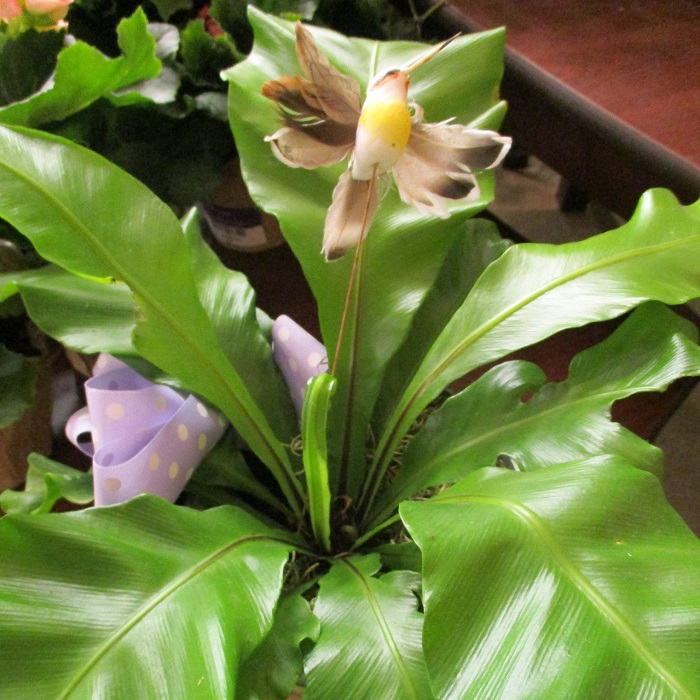UNITED STATES—The list of what ferns will not do is more noteworthy than the list of what they will do. They do not bloom with colorful or fragrant flowers. The do not produce fruit. Very few turn color in autumn, and their color is generally nothing to brag about. Most ferns will not maintain their appeal through drought, or if neglected too long. Nor will they tolerate heat and wind, especially in full sun exposure.
Yet, ferns are still popular for what they ‘will’ do. They provide remarkably distinctive and stylish foliage. They survive in spots that are too shady or perhaps too damp for other plants. Ferns will be quite happy in pots or planters, and some are happy to grow as houseplants. Ferns somehow avoid getting eaten by deer. If a fern gets tasted by a deer who does not know better, it will survive.
All ferns are perennial. Most are evergreen. Their foliage arches upward and outward from the terminal buds of stout rhizomes. Some ferns develop dense foliar rosettes. A few develop trunks by growing vertically instead of horizontally, and dispersing roots downward through their own decomposing fibrous rhizomes. Many ferns will get quite broad. Many are quite delicate and diminutive.
Ferns may not require too much maintenance, but the little bit of maintenance they require is somewhat important to keep them looking tidy. Old foliage should be pruned away as it is replaced by new foliage. This may be as simple as pruning away all old foliage just after new foliage develops early in spring. For some ferns, small batches of old foliage might get removed through the year.
The foliage of ferns is comprised of leaves known as ‘fronds.’ With few exceptions, the fronds of ferns are intricately lobed or divided into smaller leaflets known as ‘pinnae.’ (‘Pinna’ is singular for pinnae.) These pinnae are arranged on opposite sides of fibrous leafstalks known as ‘rachi.’ (‘Rachis’ is singular for rachi.) Rachi are quite fibrous and tough, so should be cut close to the ground with pruning shears when they get groomed, rather than plucked.
Highlight: bird’s-nest fern
Ferns tends to be . . . well, ‘ferny’, with divided or intricately lobed foliage. Staghorn ferns and bird’s-nest ferns are the more familiar of the rare exceptions. Staghorn ferns have two types of simple undivided fronds, and both types lack rachi. Bird’s-nest ferns have weirdly simple fronds that, although equipped with prominent rachi, lack any distinctive division or lobes that make ferns ‘ferny.’
Asplenium nidus is the more familiar of the bird’s-nest ferns, although none of them are common. It is usually grown as a potted houseplant, and is sometimes grown in rich and well watered soil in sheltered atriums. In the wild, it typically grows as an epiphyte, attached to the trunks or limbs of trees, where it collects rain and organic debris that fall from above into its flaring smooth foliage.
Fronds of mature bird’s-nest fern are commonly about two feet long and four inches wide, and can be twice as long and wide in ideally warm, humid and sheltered situations. They are arranged in neat funnel shaped rosettes. Partial shade is best. Bright ambient light is not a problem, but keeps foliage lower and more dense. Direct sunlight can easily scorch foliage. Frost kills entire plants.
Horticulturist Tony Tomeo can be contacted at tonytomeo.com.






